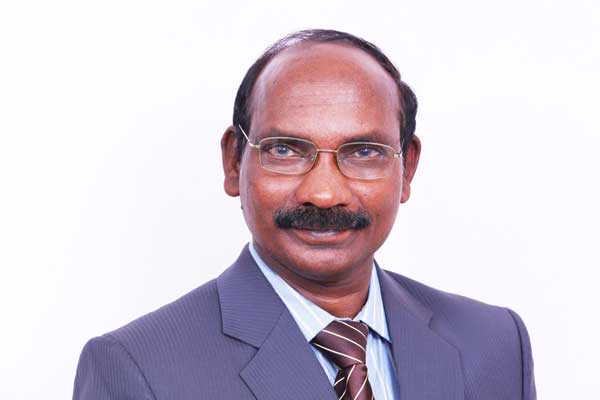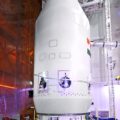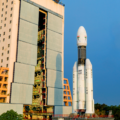Vikram Sarabhai Space Centre (VSSC) director, Dr K Sivan, is set to take charge as the new chairman of Indian Space Research Organisation (Isro) on January 12. Sivan, who now serves as the Director of the Vikram Sarabhai Space Centre (VSSC) will replace A S Kiran Kumar as the head of the country’s space establishment after Kumar’s three-year term comes to an end.
Dr Sivan is said to have played a key role in ISRO’s historic launch past year in which 104 satellites were launched in a single mission.
Dr Sivan is one of the few scientists at ISRO with knowledge of every department of the organisation.
Speaking to this newspaper over the telephone from the launch station at Shar, Dr Sivan said it is an honour to hold the post held by legendary leaders in space technology. “Taking ISRO humbly into a new orbit would be my endeavour, serving both India and ISRO”.
He graduated from Madras Institute of Technology in aeronautical engineering in 1980 and completed Master of Engineering in Aerospace engineering from IISc, Bangalore in 1982, according to his biodata. The need to attract investment is considered as a crucial factor for ISRO which is trying to compete with upcoming players such as SpaceX to become a hub of global satellite launches.
Sivan joined the ISRO in 1982 in PSLV project and has contributed immensely towards end to end mission planning, mission design, mission integration and analysis.
He evolved novel strategies for launching India’s MARS mission endeavor through PSLV.
He said the launch of India’s second probe at the moon, Chandrayaan-II in the first half of 2018, and developmental flight of heavy-lift Geosynchronous Satellite Launch Vehicle (GSLV-MK3) in April, are the two most challenging missions this year. “We will declare GSLV-MK3 as operational after two successful developmental flights. We will also focus on reduction in cost of satellites, and follow the road map for designing bigger launch vehicles. We are carrying out more tests of systems and components before the next flight of the Reusable Launch Vehicle (RLV). At the same time, the concept of two-stage-to-orbit (TSTO) for designing new launch vehicles have been discussed at length, and we are likely to take a decision in the months to come,” he added.
He said work is apace on development of semi-cryogenic rocket engine with tests of sub-systems and the hardware required for this unique concept of powering rockets. “It is difficult to specify a timeline for the semi-cryogenic engine as all sub-systems must be tested extensively before integration,” he added.
Dr Sivan, who will occupy the top office for three years beginning January 15, said the announcement about his appointment came a complete surprise. He joined ISRO in PSLV Project and has contributed towards end to end mission planning, mission design, mission integration and analysis. The mission design process and innovative mission design strategies perfected for PSLV have become critical for launch vehicles like the Geosynchronous Satellite Launch Vehicle (GSLV), GSLV-MK3, and Technology Demonstrator of Resuable Launch Vehicle, the Indian version of the US Space Shuttle.
Dr Sivan developed new strategies for launch of the Mars Orbiter by PSLV, ISRO’s work horse. He also led the RLV-TD development programme, spearheading its design, qualification, aerodynamic characterization and hardware development. He joined the GSLV project in April 2011 as the Project Director with a mandate to demonstrate the robustness and reliability of GSLV as well as flight demonstrate the Indigenous Cryo Stage. His leadership led to a successful GSLV flight with indigenous cryogenic stage.
It was Dr Sivan’s expertise that helped ISRO launch 104 satellites during a single flight of PSLV, setting a world record in February 2017. He was the key person who worked on technicalities on how these satellites would be placed in orbit.
So do you like to read such articles , consider liking our page on Facebook here , following us on Twitter here ,or if you love some visual treatment , we make some high quality videos on YouTube as well which you can view here . have a great day :). Visit our hompage HERE for the LATEST SCIENCE NEWS.




